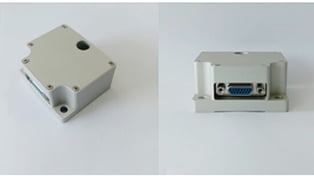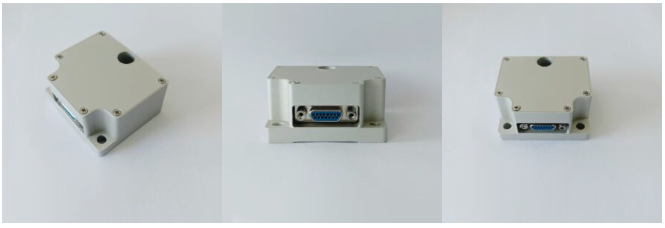
Micro-electromechanical systems (MEMS) have made rapid advances since their introduction in the 1950s. Made of tiny integrated circuits and silicon-based microelectronics, the technology has dramatically revolutionized industrial and consumer electronics alike. For inertial measurement units and inertial navigation systems, MEMS technology saw the creation of a variety of inertial sensors, including gyroscopes, accelerometers, and magnetometers.

By far, the main benefit of MEMS is its extremely low cost compared to its FOG counterparts, usually by a factor of more than 10. The use of less expensive materials, advanced manufacturing processes, smaller sizes, and mass adoption, have all contributed to MEMS being cheaper to produce. Today, it is widely used in applications ranging from in-car GPS, drones, or camera pointing, where FOG technology is simply too cost-prohibitive to make commercial sense.
MEMS devices are also very small and lightweight, allowing them to be used in tight spaces such as smartphones and toys. MEMS are now found everywhere, from consumer to industrial-grade applications in a wide range of industries. This small form factor notably fuelled the adoption of MEMS in the drone surveying market, notably LiDAR surveying, where a higher degree of accuracy is needed while remaining relatively small and lightweight in order to fit on a drone. By contrast, FOGs are considerably larger and heavier, thus reducing the number of suitable applications.
MEMS are also less power-hungry than FOGs, allowing for longer mission times for energy-constrained vehicles. Combined with their small size and lightweight properties, MEMS is the solution of choice for many unmanned vehicles that require the lowest SWaP-C (size, weight, power, and cost).
MEMS though is not without its limitations. Due to their mechanical nature and components vibrating at a high frequency, MEMS are more sensitive to vibrations, especially at harmonic frequencies. Vibrations can increase the noise of a sensor’s output signal, causing a bias that needs to be corrected via software.
This issue can have some practical consequences. A non-negligible number of drone gyroscopes have been found to have resonant frequencies in both the audible and ultrasonic frequency ranges, making them vulnerable to loudspeaker noises. Therefore, it is possible to crash a drone at distance via a “sonic attack” using speakers set at the right frequency.
MEMS are also typically prone to g-sensitivity errors in gyroscope measurements due to linear acceleration, leading to large biases directly affecting the accuracy of attitude estimation in an INS. While acceleration is often short – just a few seconds – but intense – 5g or more in highly-dynamic fields such as unmanned aerial vehicles, the accumulation of errors over time cannot be neglected, and need to be compensated for. Corrections are done at the filter level but add another degree of complexity that FOG alternatives are less susceptible to.
We are a North-Seeking MEMS IMU supplier. If you are interested in our products, please contact us now!
Copyright:@2020-2021
Comments Please sign in or sign up to post.
0
0 of 500 characters used